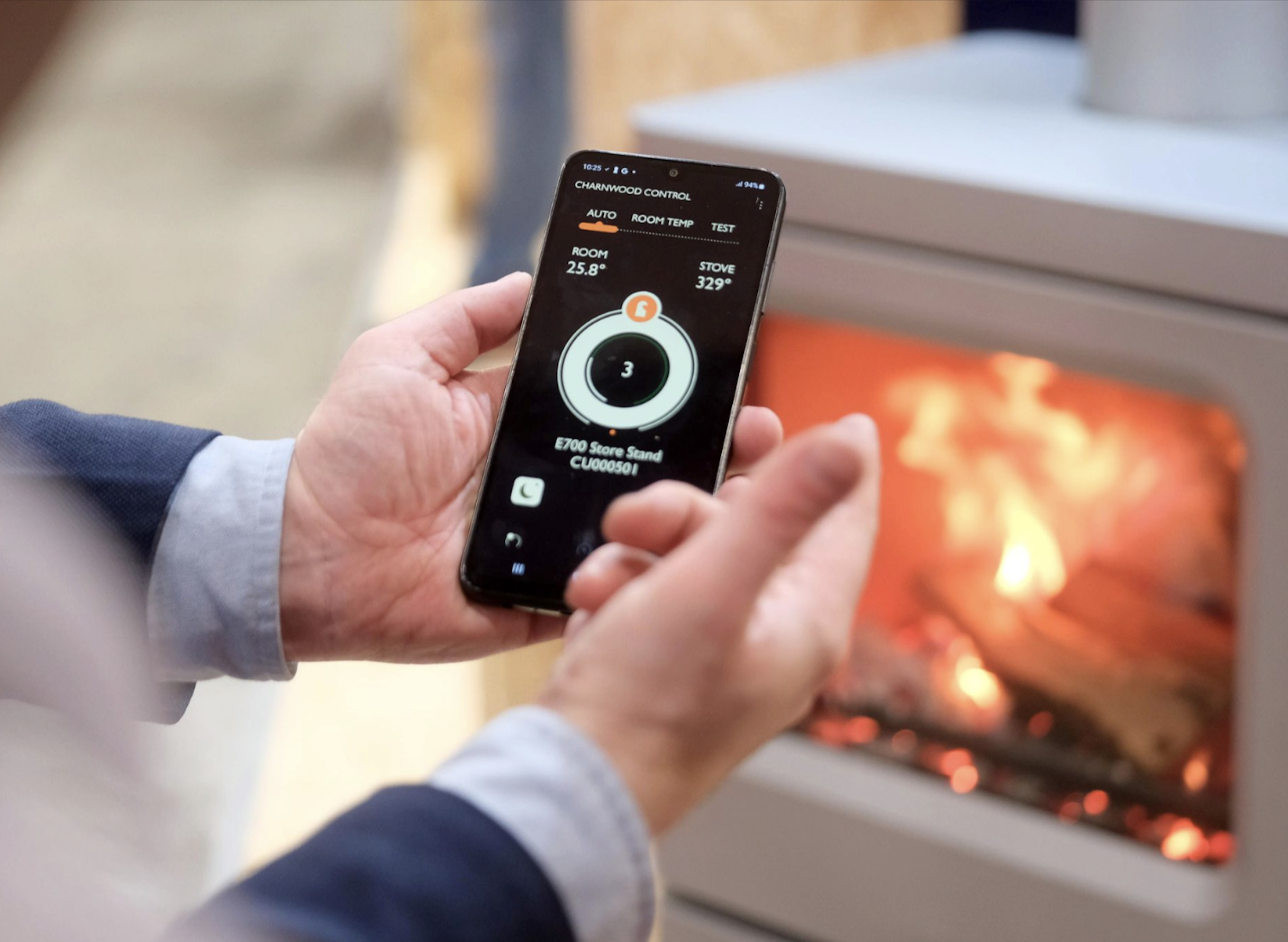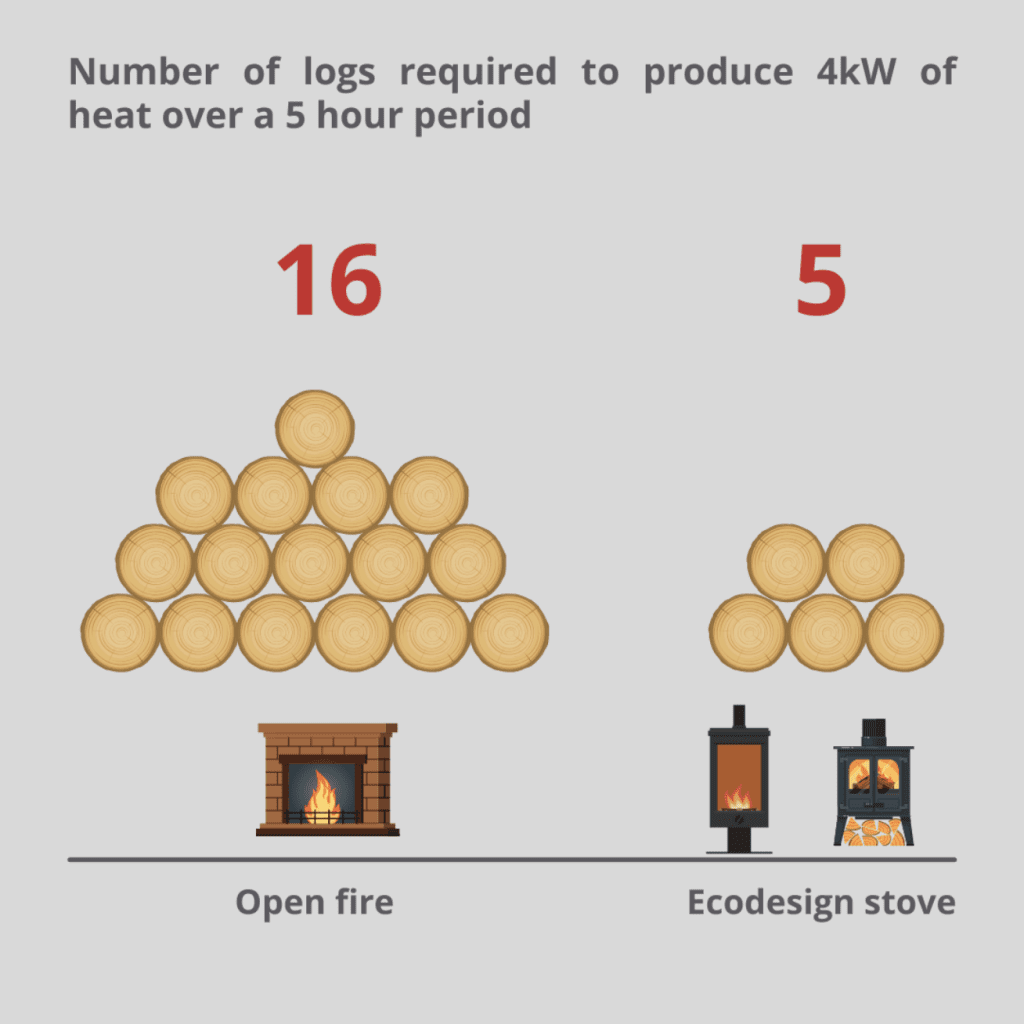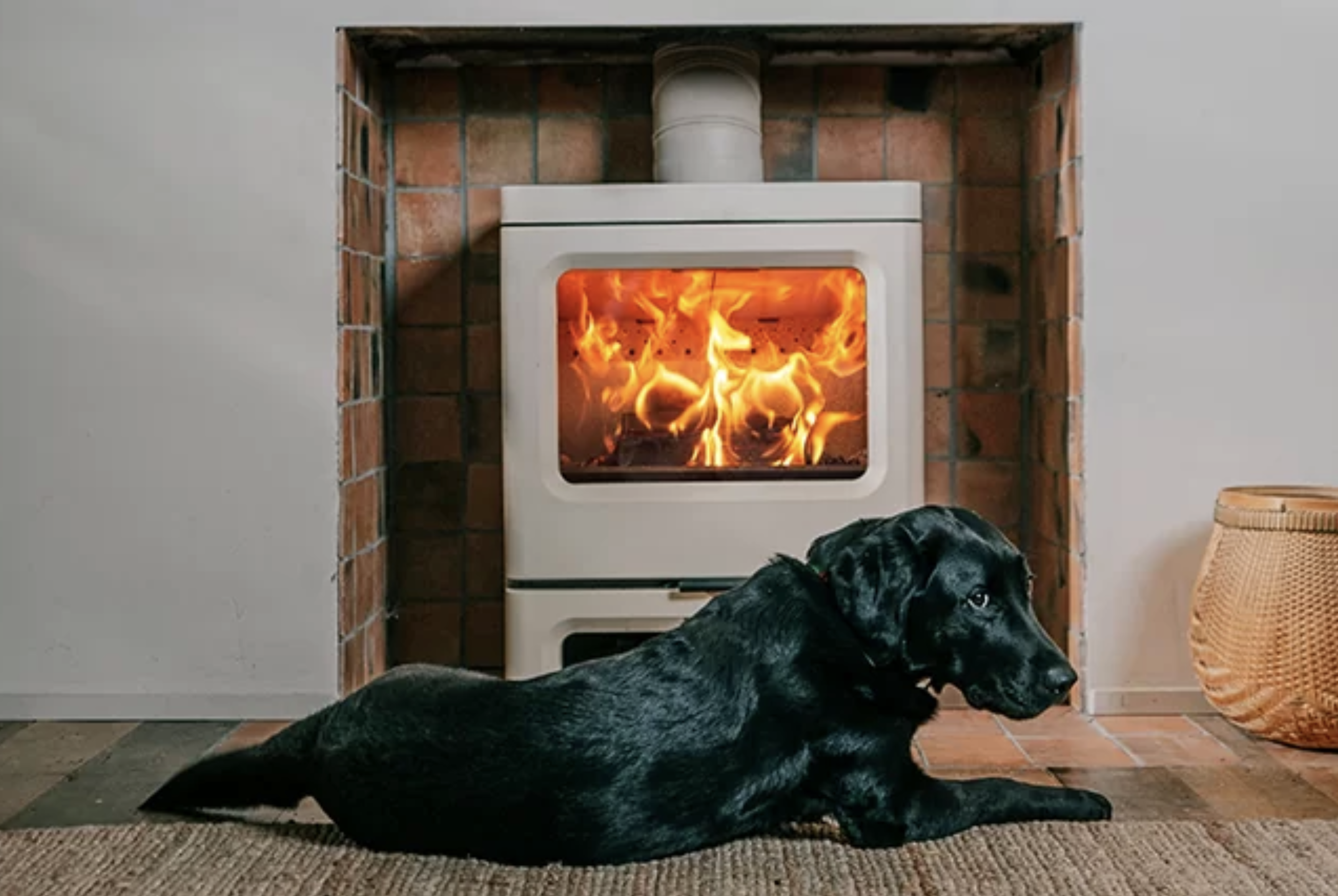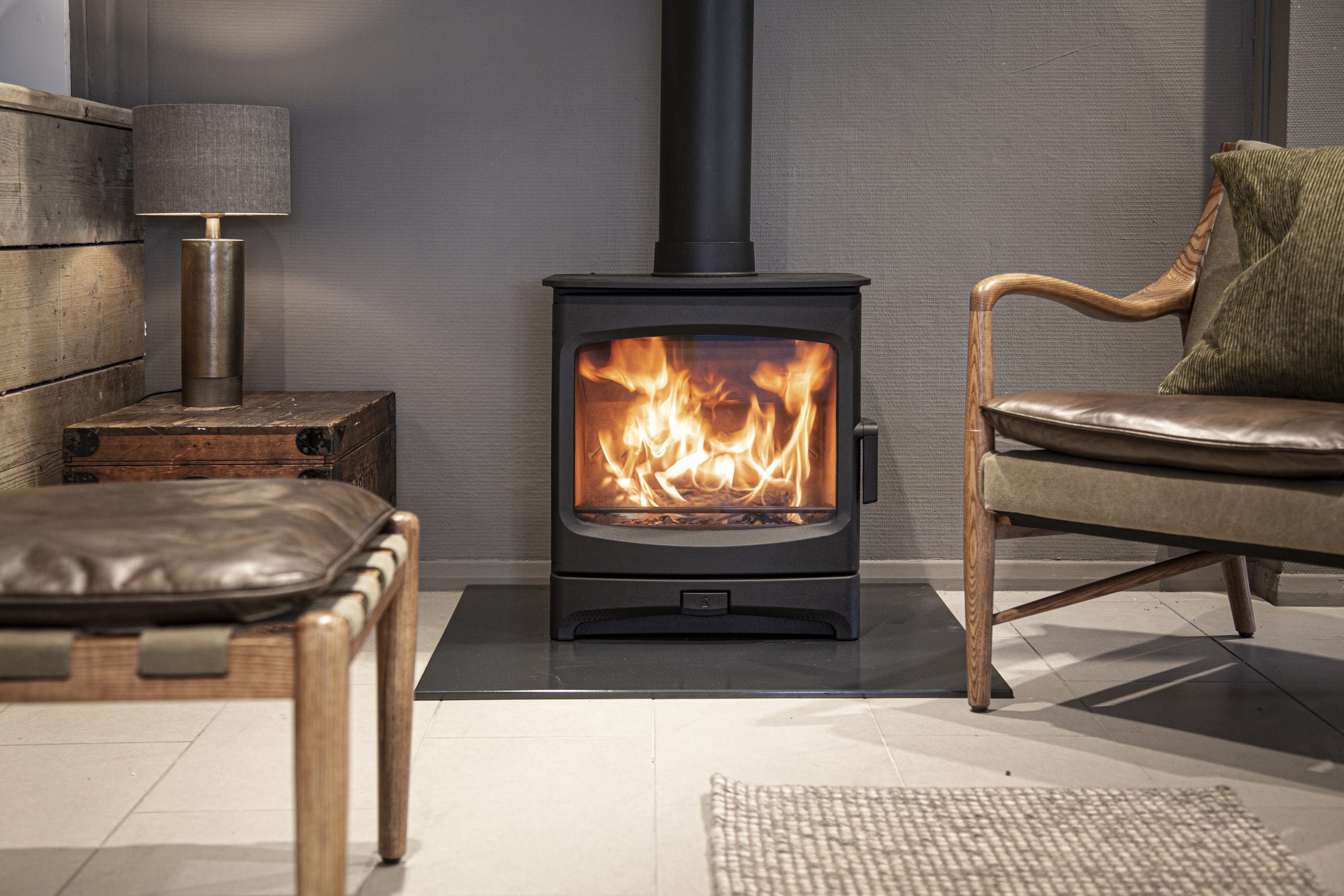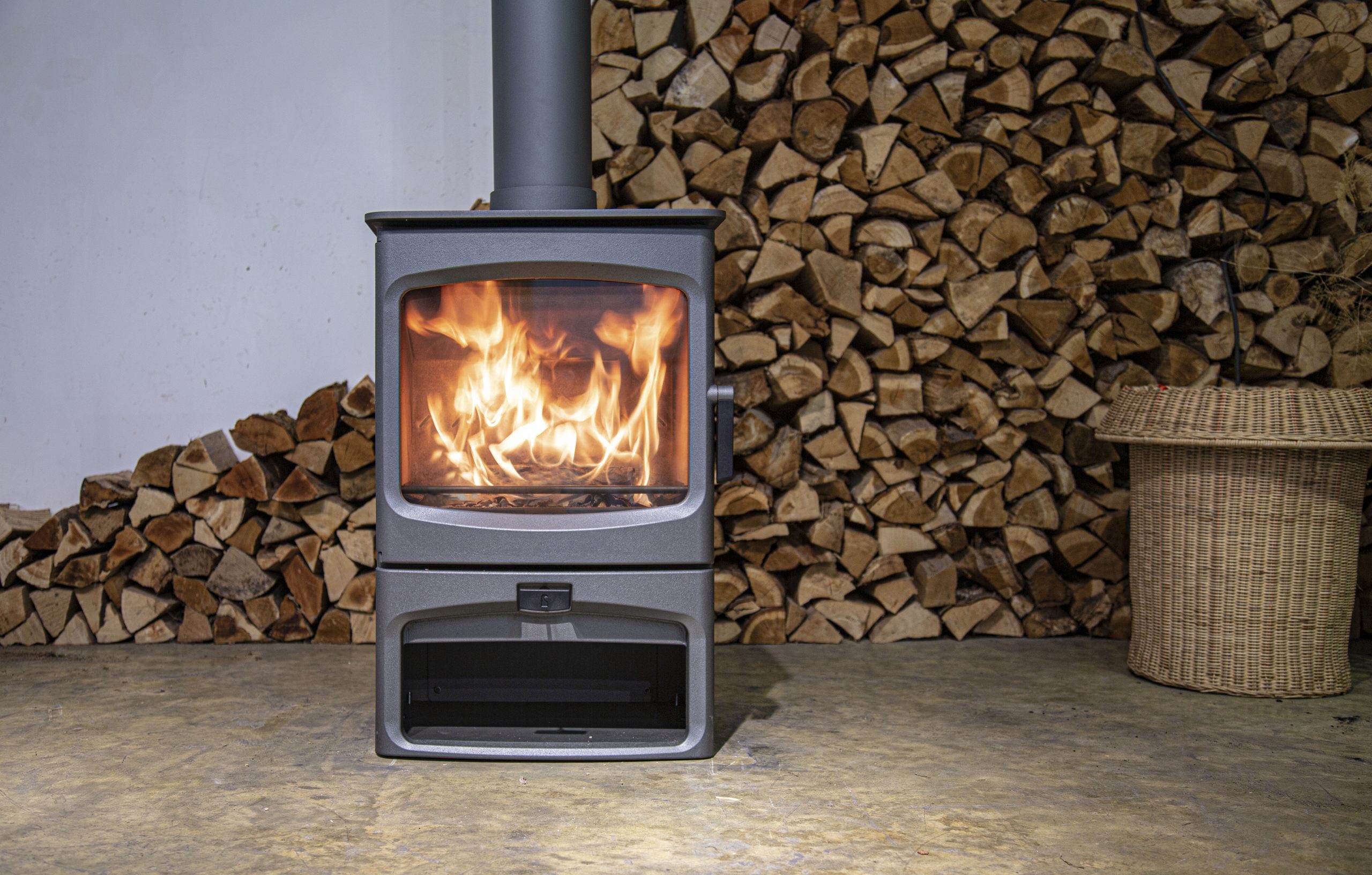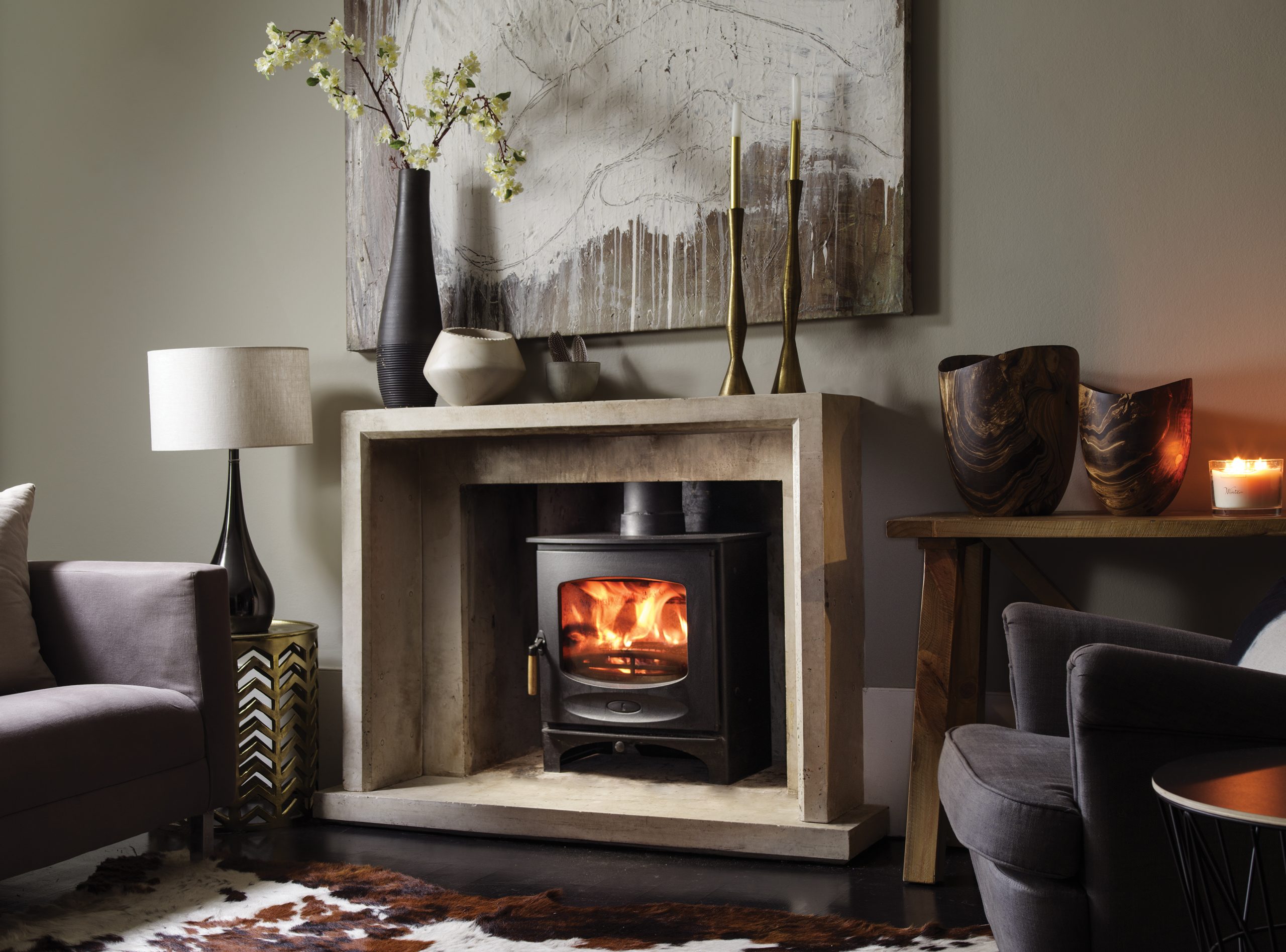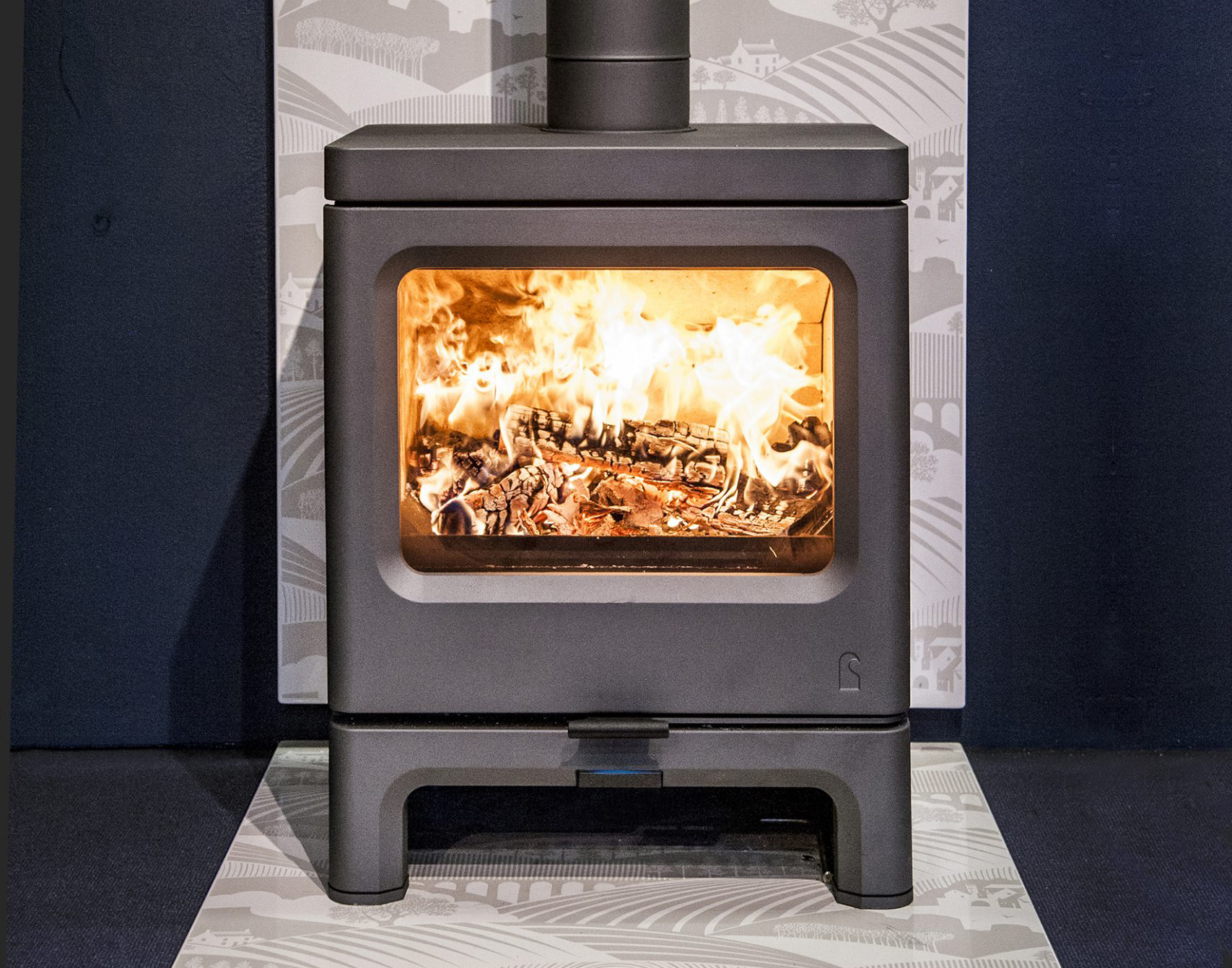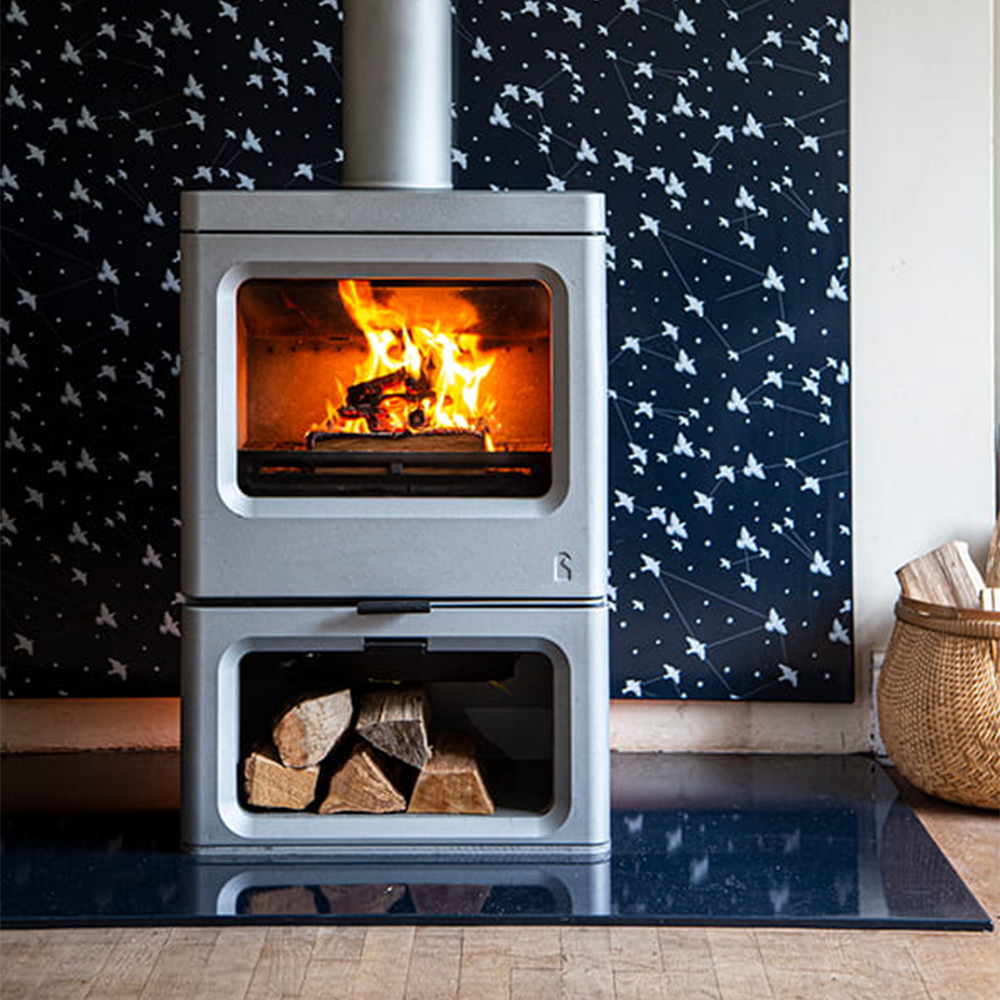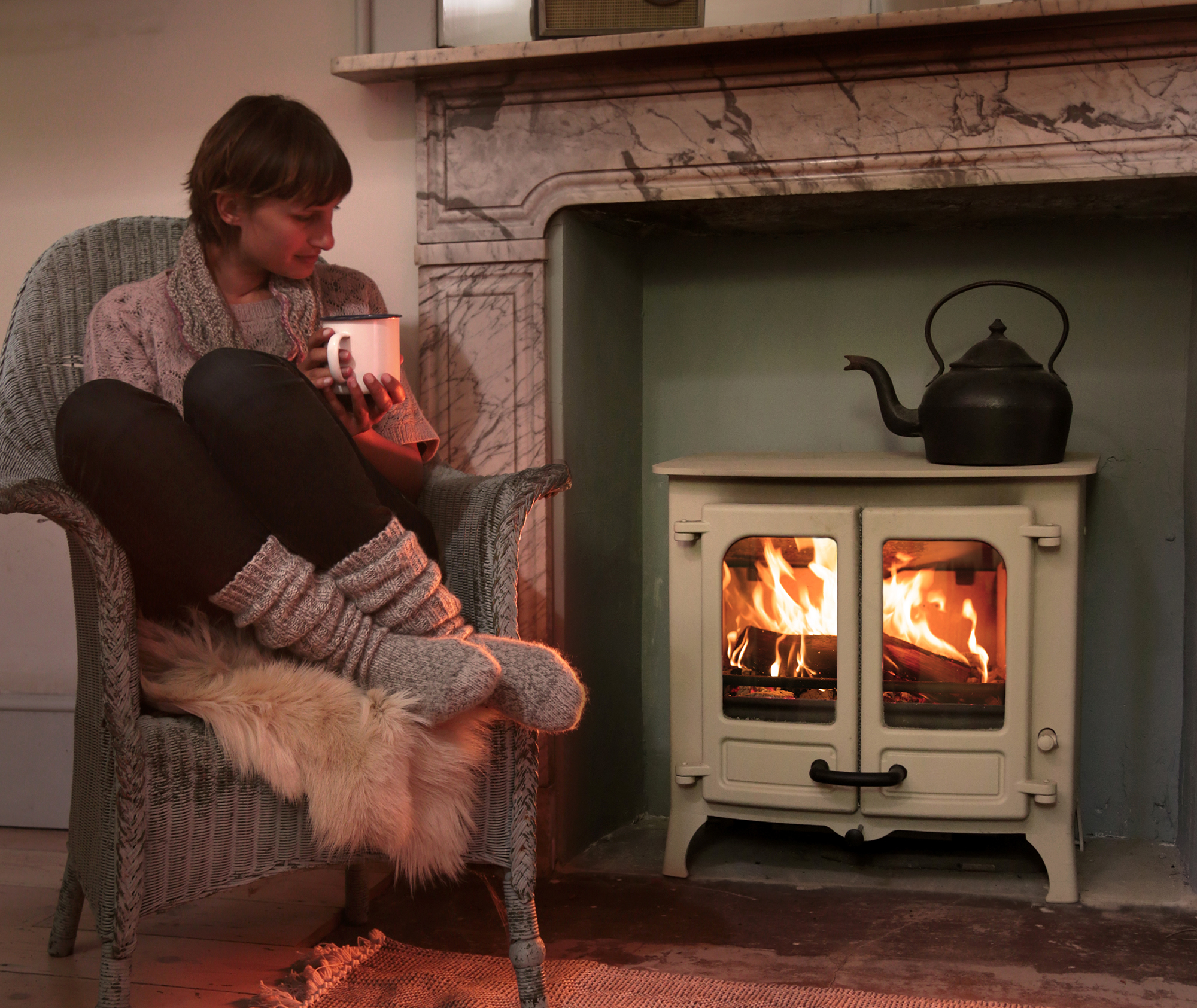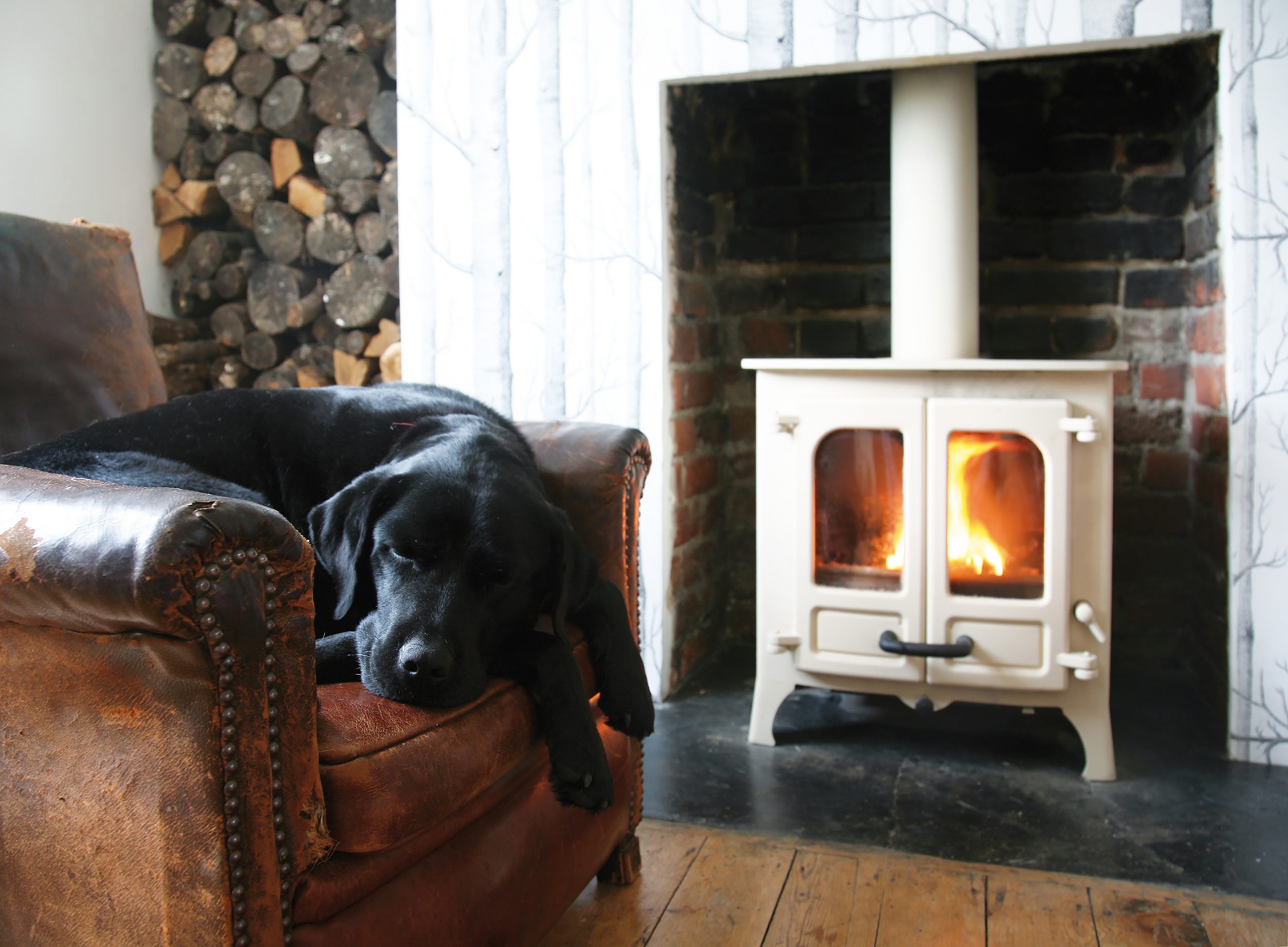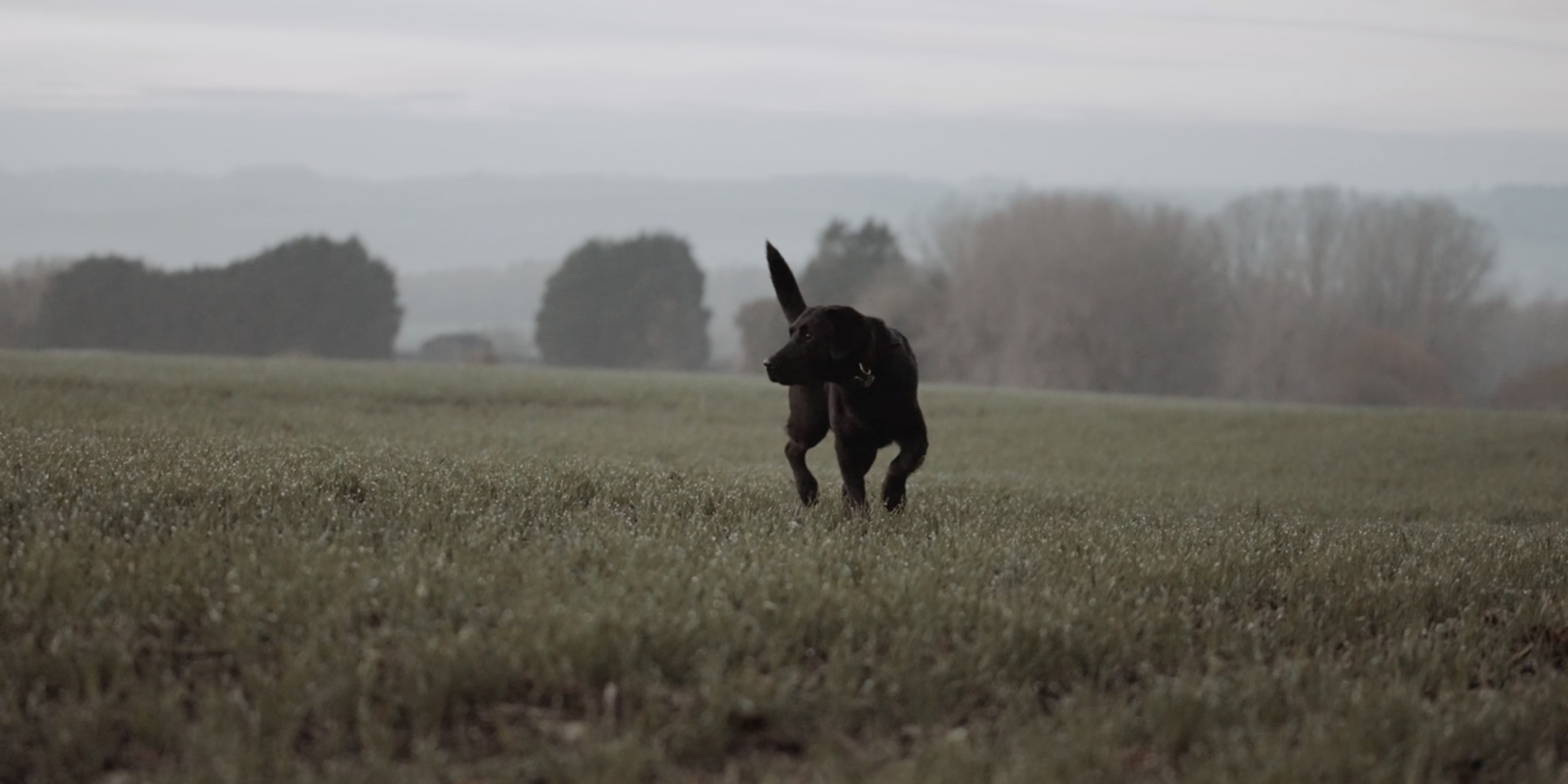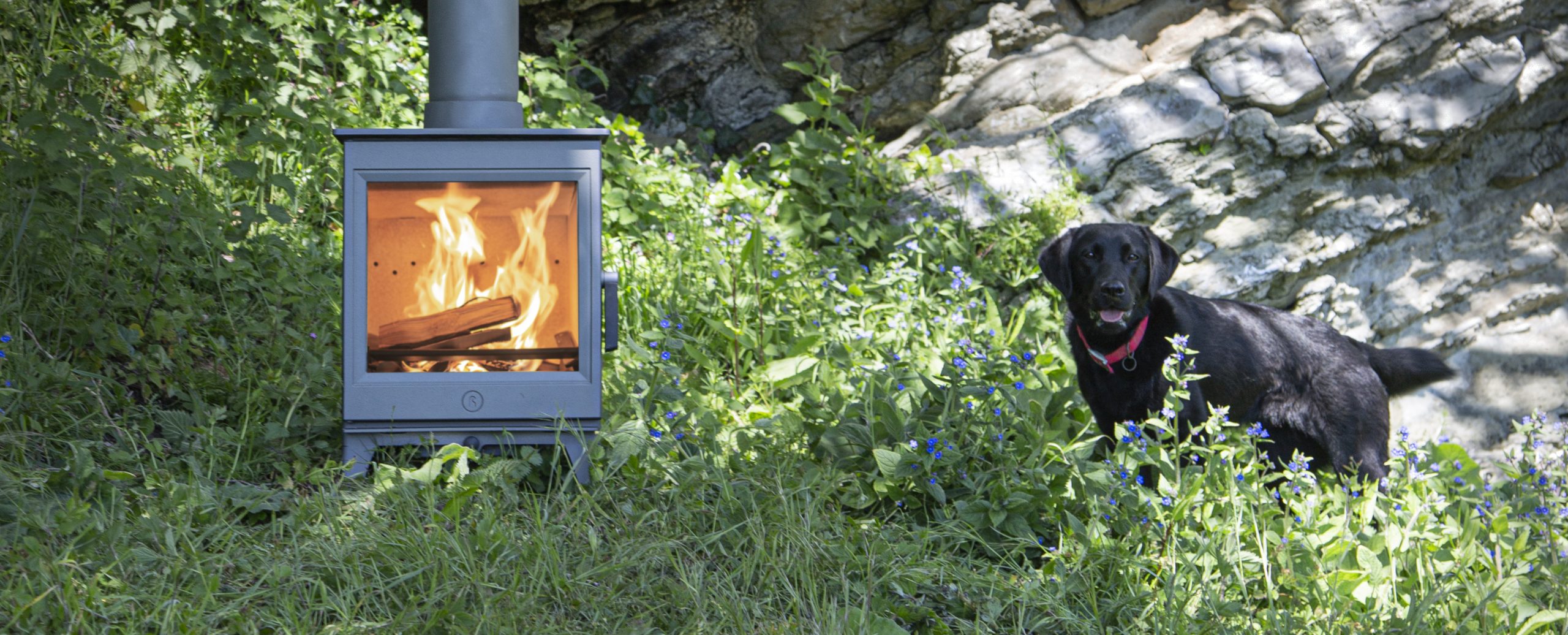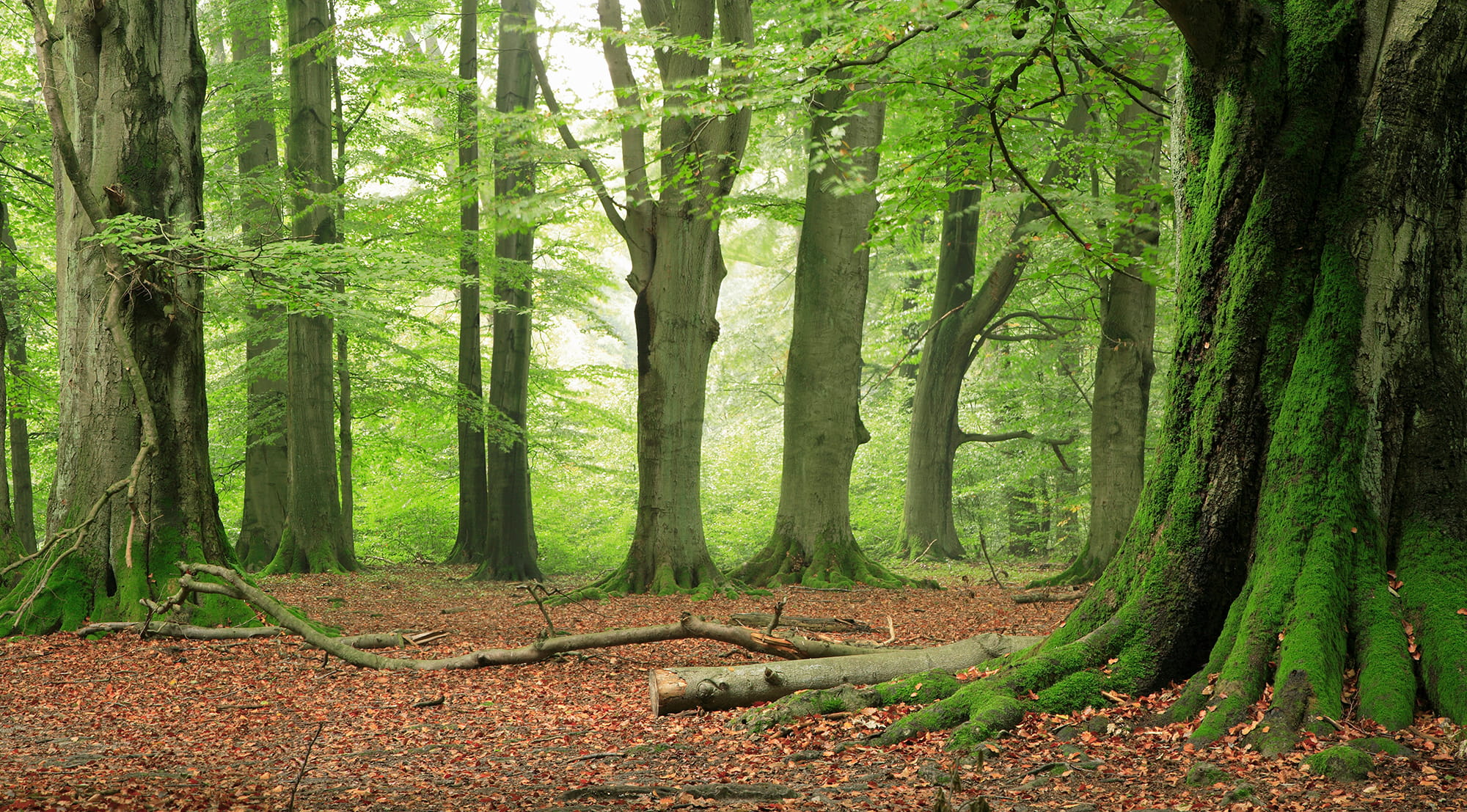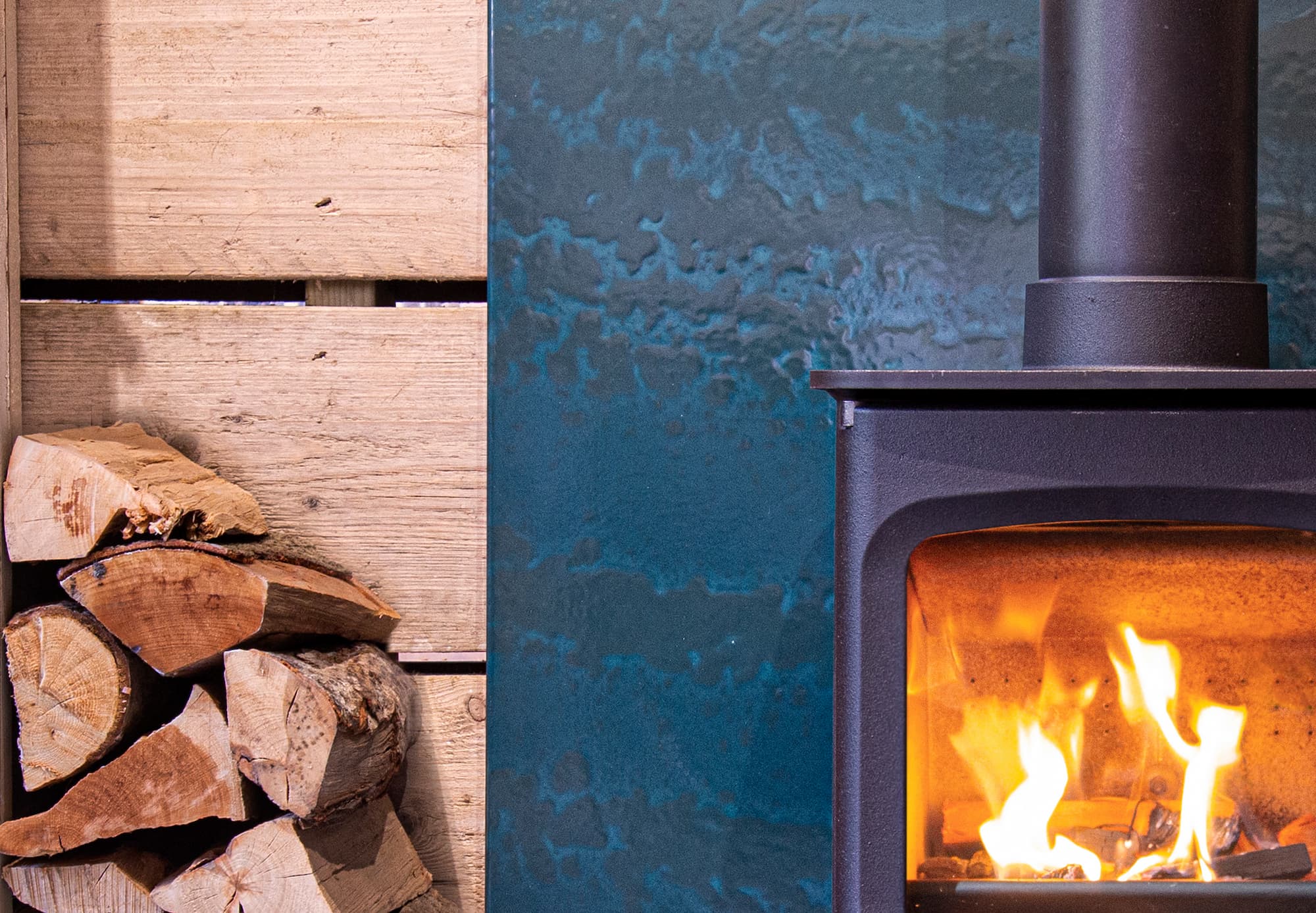I spent the weekend clearing and chopping a large Eucalyptus which had blown down in storms a few weeks ago. It was a magnificent tree and one which we were sad to see come down. Its beauty, however, went beyond its imposing stature. As logs were cut and split ready for stacking and seasoning to provide heat at a much later date, the beauty of creation’s ability to store energy was demonstrated in its fullness. Energy storage has always been a human challenge, but this tree had done it perfectly. Earlier that day I had been at Parkrun and the subject of wood burning had been raised in light of the Scottish government’s reported ‘ban’ on installing wood burners in new builds (which has caused problems for the Scottish Government): “It is just crazy, where is the common sense in that” a local businessman said to me. Indeed, as I looked at the logs I had just cut, I agreed – where is the common sense of not using this stored energy for heat? It is local, widely available, and it is nature’s gift. When we look out of our window we may see a number of energy sources – maybe some sun, sometimes the effects of wind, but almost always trees.
Despite the clear benefits of using wood as a fuel source, there has been much anti-wood-burning talk recently, not least in Scotland. So, are we losing our common sense? Are we disregarding nature? At Charnwood, environmental responsibility has always been a core value and driver of our business as we try and make a difference in what we do. We want to listen, we want to engage with the voices that are contrary to our views, indeed that is the way we learn. There is a proverb from the bible which says:
“Instruct the wise and they will be wiser still; teach the righteous and they will add to their learning.” (Proverbs 9)
We initially held back from engaging with the anti-wood burning lobby on social media. However, we eventually felt compelled to start pushing back on some of the misleading and untrue claims made by the Wood Burning London and Global Action Plan campaigns. As we started to engage more, we realised that there were a lot of different viewpoints, some of which we hadn’t considered fully before. In light of this, we wrote:
‘Shared Goals, Cleaner Air: Reimagining the Wood Burning Debate with Healthy Dialogue & Believing the Best in Each Other’
In this, we argued we needed to start believing the best in each other in order that we work together for positive solutions. In truth, this has been really hard. We have always sought to be polite – to engage well and be constructive. However, perhaps unsurprisingly, this is rarely reciprocated. In hindsight, maybe we should have paid more attention to the first part of the proverb:
“Whoever corrects a mocker invites insults; whoever rebukes the wicked incurs abuse. Do not rebuke mockers or they will hate you; rebuke the wise and they will love you”
We were certainly mocked, insulted, abused and hated! We are apparently representatives of the ‘Stink Industry’, our customers are ‘stokers’ and we have been given a new brand name ‘CharrredWood’. We were called liars, condescending and not genuine…. The claims went on, abuse was thrown our way and when we did invite more meaningful debate away from X we were accused of having bad motives and wanting to discredit people. When there seemed to be genuine concerns and we offered to engage in detail away from social media to find solutions, in most cases, those with the issues refused the offer of help and even called us creepy for offering! Our motives and funding were questioned, and we were accused of acting in bad faith. Some users have even learnt how to use AI images to produce grotesque anti-wood-burning memes. It was tempting to want to reply aggressively, but we tried to resist.
We know there are strong voices on both sides, and social media can breed one-sided arguments while amplifying negativity. But the intensity of the anti-wood burning sentiment online from certain groups was still a little unexpected. Engaging felt a bit like venturing into a lion’s den – or maybe a nest of angry wasps – we got our fair share of stings! Our words were sometimes twisted, and our motives misconstrued. 
Here is one example of a social media post that highlights some of the challenges to the debate. An unwillingness to recognise the very real differences between different stoves and other forms of woodburning is not constructive. Obviously ‘good’ is subjective, but we think it is a justified adjective when you consider a modern stove, burned correctly, is up to 80% more efficient than an old stove and 90% more than an open fire. Additionally, emissions from modern wood stoves, when used correctly, are negligible. Burning dry wood (e.g. Ready to Burn certified) in an Ecodesign-compliant stove (e.g. clearSkies certified) makes up just 0.09% of total UK PM2.5 emissions. Source: NAEI (1).
Also, scaremongering tactics regarding an increased cancer risk to stove owners misrepresent the facts and is very unhelpful to all. This report undertaken by Dr Amanda Lea-Langton, (2) senior lecturer in Bioenergy Engineering at the University of Manchester found:
-No scientific evidence for adverse health impacts from exposure to the indoor air typically associated with modern, enclosed wood-burning stoves
-Use of modern wood-burning stoves may help to improve air quality inside the home due to the natural draught created during wood stove operation that pulls air from the room into the appliance and from outside. (Even the findings from the London Wood-Burning Project (3), who are anti-woodburning, back this up: “Use of the clearSkies Level 5 stove demonstrated some benefits for indoor air quality. Indoor PM2.5 did not increase when adding fuel to the stove once lit… At times there was actually a decrease in indoor concentrations of PM2.5 when adding fuel.”)
-Other sources of particulate matter in the home, such as cooking, can release much higher levels of PM compared to modern, enclosed wood-burning stoves, and could therefore have greater health risk potential
Despite the hostility online, the experience did provide some value. We do recognise people’s concerns and understand some of the frustration. What was very apparent is that many of the most vehement anti-wood-burners have had very bad neighbourhood experiences of wood-burning. Pictures of smoky chimneys are too frequent, and, in all honesty, we would be complaining just as much if we had to live next to some of the chimneys in question. Undoubtably, there is a very real and present problem with the way that some people are burning their wood fuel which is something we rarely hear as most of the people we interact with at Charnwood HQ love their stoves. They find it has improved their health and well-being, keeps them warm and provides energy security – but we acknowledge that our experience on X has revealed there are others who have been very negatively affected by bad burning.

So where does this leave us – what do we do? We are passionate about wood-burning heating, to us and to many it seems like common sense. It makes use of a local, natural and renewable fuel source that encourages the planting and managing of forests and woodland which is important for improving biodiversity (4). We make Charnwood stoves here on the Isle of Wight, we employ local people and one of our company objectives is to make a positive difference to the local community. Sustainability is a core driver in our business, and we continue to seek ways to minimise our environmental impact. We are confident of the many benefits of wood-burning, however, we are not oblivious to the downsides and burning anything can produce bad particles. Although the improvements in burning technology have overall reduced wood smoke emissions significantly (1), if you have a neighbour who is burning badly, this is of little comfort.
However, we do need to be realistic about energy solutions and apply common sense to each situation. There will not be a one-size-fits-all solution. Heat pumps are the solution being pushed by governments at the moment, but the uptake has been really poor. Where around one million gas boilers are fitted every year there were only around 60000 heat pumps sold last year (5). Despite the best efforts of governments, consumers have been reluctant to install them and many who have, are left disappointed. I was talking to a local heating engineer a couple of weeks ago and he was telling me how he now has customers asking him to remove their heat pumps and instead install a gas solution. In Germany, part of the success of the AFD has been its opposition to heat pumps (6). Although heat pumps can work very well, they have limitations and when policymakers ignore these genuine concerns and try to push a one-size-fits-all solution, we can see it backfire. But in the same way that we need to be careful about over-pushing one solution, we also need to be careful about restricting other solutions because of their perceived negatives. Should we ban electric cars and battery storage because the metals used often come from mines using child labour? (7). Should we ban solar panels because most are produced in China using Uygur forced labour and some of the chemicals used are toxic (8)? And should we ban all solid fuel burning because of the problems of emissions in some cases? All of these are valid questions which are likely to make us feel uncomfortable, and our lived experiences will determine our responses. But instead of banning things and reducing our energy security and flexibility, should we not mitigate the negatives so we can take advantage of the positives?
All energy sources have upsides and downsides – are they low carbon? Are they emission-free at the point of generation? Are they emission-free at the point of use? Is the energy source sustainable? What about the manufacturing impact of the equipment? What about the recyclability of the equipment? In the UK we often congratulate ourselves on being well on our way to having sustainable energy, however as Sir Dieter Helm, Professor of Economic Policy at the University of Oxford points out much of this has been because we have deindustrialised (9). For example, closing the steelworks at Port Talbot won’t mean that we consume less steel. It will just mean that the environmental and carbon impact of the steel we use gets moved to another country often with less human and environmental protections than our own. The same could be said for importing wood pellets from North America to power the Drax power stations – we still use and generate the carbon here, even if it is offset where the trees are grown. We need to use the ‘common sense’ test, and both of these examples fail miserably.
Now more than ever, with so much instability in the world, we need a pragmatic and diverse energy mix that is resilient to future demands. We believe burning wood on modern wood-burning stoves is an overall small, but important part of this. By using logs from locally managed forests, and burning properly with locally made, long-lasting equipment which can be easily recycled at the end of its life, wood-burning stoves are one common sense solution for many situations. At Charnwood, we are investing in new technology which mitigates the negatives of wood-burning emissions. We have just launched the Skye E700 which uses electronic control to constantly monitor the fire and make automatic adjustments to ensure wood is always burnt cleanly and efficiently. The results are remarkable and build on the already large steps forward we have made in clean burning technology. What is more, wood burning compliments heat pumps very well. Whereas heat pumps struggle in cold weather, combining a heat pump with a stove works well and could increase heat pump uptake if encouraged. Indeed, in Norway, if a heat pump is installed a provision must be made for a flue to take a stove.
So, let’s use our common sense as we think about heating. We are continuing to invest in new technology which will allow us to burn wood more cleanly and efficiently. We know it is sustainable and a brilliant solution for many situations that have suitable wood fuel available. As an industry, we need to continue making improvements in our appliances to ensure overall air quality improves, but we also need to work together with other stakeholders to ensure that local instances of bad burning are eradicated. This might mean tougher penalties, improved education and it may include a stove swap-out programme to replace old appliances with cleaner ones. It may also mean other things, but to do this we need positive and constructive engagement. Will we get criticism? Of course, we will, and we will expect it – just take a look at the comments below when we post this article on social media! Sustainability, the environment and air quality are important issues, so we welcome constructive debate and criticism, we want to see real improvements so this time we just might not respond to the mockers. Instead, our efforts will focus on innovation and development to overcome the challenges of wood-burning while further amplifying its many benefits.
References:
(1) https://naei.beis.gov.uk/data/data-selector-results?q=189517
(2) https://stoveindustryalliance.com/wp-content/uploads/2022/04/22-04-11-Indoor-air-final-V5-AL.pdf
(3) https://www.imperial.ac.uk/media/imperial-college/medicine/sph/environmental-research-group/London-Wood-Burning-Project-Report_final.pdf
(4) https://www.smallwoods.org.uk/en/advice-and-information/the-economics-of/
(5) https://www.heatpumps.org.uk/statistics/
(6) https://www.politico.eu/article/robert-lambrou-alternative-for-germany-heat-pump-election-climate-change
(7) https://www.independent.co.uk/climate-change/news/phone-electric-vehicle-congo-cobalt-mine-b2277665.html?
(8) https://www.bbc.co.uk/news/world-asia-china-57124636
(9) https://alastaircampbell.org/2024/04/69-the-brutal-truth-about-net-zero-and-how-to-vanquish-climate-populists-with-dieter-helm/
